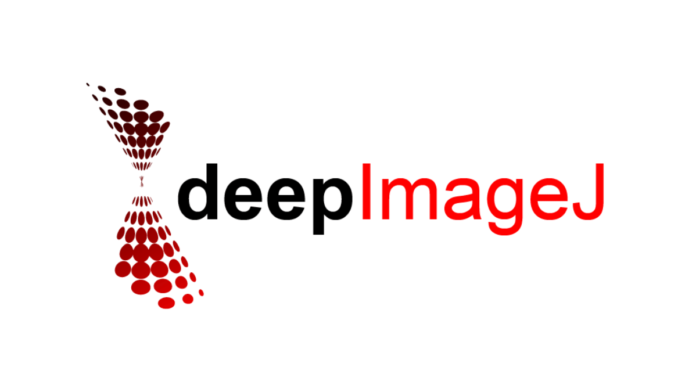For the past five years, techniques to analyze images have evolved drastically from traditional mathematical and observation-based methods to data-driven processing and artificial intelligence. A team of engineers from EPFL and Universidad Carlos III de Madrid (UC3M) has developed a plugin to assimilate artificial intelligence into image analysis primarily for life-science research. The plugin called ‘deepImageJ’ is described in a paper in Nature Methods and conducted under EPFL’s Center for Imaging.
Major developments in image processing have made detection and identification of valuable information more accessible, faster, and automated. When it comes to life science, deep learning models have gained increased attention for bioimage analysis. However, implementing deep-learning models often require coding skills like Python limiting users to derive various other applications. To make the image analysis an effortless process, experts from EPFL and UC3M, in association with EPFL’s Centre for Imaging, developed deepImageJ — an open-source plugin.
Deep-learning models are effective in many domains that rely on imaging for diagnostics and drug development. For instance, deep learning can be used in bio-imaging to process vast collections of images, detect anomalies in organic tissue, detect synapses between nerve cells, and determine the structure of cell membranes and nuclei.
This plugin in biomedical research is ideal for image classification, identifying specific elements, and predicting experimental results. As deep learning-based models are based on artificial neural networks trained for specific research purposes, the trained neural networks are saved as a computer model. Typical applications resemble CCTV systems that perform facial recognition or mobile-camera that enhance photos.
Read More: Deep learning framework will enable material design on unseen domain
As life scientists do not have the experience to train these models, researchers require prior understanding of complex math and machine learning algorithms. A consortium of European researchers has started developing a repository of pre-trained deep learning models for biomedical imaging to assist scientists. The ‘deepImageJ’ plugin will bridge the gap between artificial neural networks and researchers to break the barrier for life scientists.
The ‘deepImageJ’ is an open-source plugin that will speed the dispersal of new developments in biomedical research. Being a collaborative source, it brings engineers, computer scientists, mathematicians, and biologists together.EPFL’s Center for Imaging challenged building an AI system that can assist life scientists in facilitating more contribution. Currently, ‘deepImageJ’ is headed by Daniel Sage and Michel Unser, the Center’s academic director, together with Arrate Barrutia, associate professor at UC3M. Many researchers have started developing virtual seminars, training materials, and online resources to help users exploit the full potential of AI.


